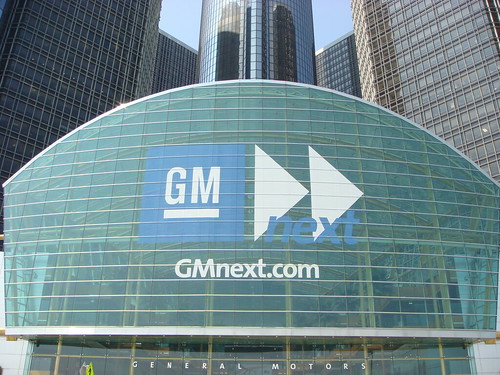US Transportation Secretary LaHood cites stimulus money success
The federal government has already committed nearly $11 billion in stimulus money to help get road, bridge and environmental projects off the ground, administration officials told Congress on Wednesday.
“I believe we have already achieved enormous success,” Transportation Secretary Ray LaHood told the House Transportation Committee, giving a progress report on infrastructure money allotted under the $787 billion economic stimulus bill passed in February.
Lahood, a former Republican congressman from Illinois, told the panel his department had made decisions on $9 billion dollars in projects around the country out of Transportation’s $48 billion share of the stimulus package. However, he was less specific about the jobs directly resulting from stimulus spending.
It was originally estimated that the $64 billion in the stimulus for infrastructure — for transit, high speed rail, aviation, federal buildings and Army Corps of Engineers projects as well as roads and bridges — would create or sustain 1.8 million jobs.
But so far, reports on new jobs were mostly anecdotal. The Transportation Committee said its survey of state and local transportation officials revealed that work had begun on 263 highway and transit projects in 30 states, putting about 1,250 workers back on the job.
D.J. Stadtler, Jr., chief financial officer for Amtrak, said it expected to produce about 4,600 jobs in the first year of the stimulus with investment of $1.3 billion.
Unemployment in the construction industry soared to nearly 2 million in March, about 21.1 percent compared with 13 percent a year ago.
Rep. John Mica of Florida, top Republican on the committee, questioned the job-creation effectiveness of the program, saying some projects might take three to four years to get off the ground. But he said he would withhold judgment, saying, “We have to give folks a pass at this juncture.”
The Government Accountability Office, in a report prepared for the hearing, also raised questions about the ability of states and Washington to track how the money is being spent. But it gave some states high marks for moving the money quickly.
The Transportation Committee said that, as of April 17, states had received approval for 2,163 projects, about 25 percent of the $27.5 billion.
Also:
_The Federal Transit Administration has awarded five projects totaling $48.6 million and has another 109 grants totaling $1.47 billion pending review.
_The Federal Railroad Administration has approved 52 Amtrak capitol improvement projects worth $938 million.
_The administration is to announce plans by this summer on awarding projects for $8 billion in high speed rail development.
_The Federal Aviation Administration has announced more than $1 billion in tentative spending for runways, aprons and terminal improvements.
_The General Services Administration has a plan for investing $5.55 billion, including $4.3 billion for a green building program.








